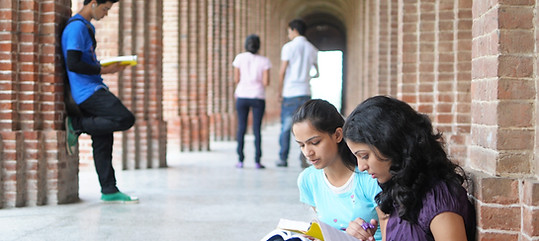Institutional Guidance: Undergraduate
Students
Academic barriers, such as institutions refusing to admit students based on their immigration status, can present unnecessary stress and challenges to rising students. These guides provide information on how to apply for programs that consider undocumented applicants with temporary benefits, DACA, or other immigration statuses.
For students pursuing a professional program, especially in medicine, it is essential to stay on track during their undergraduate years. This document provides resources that students can use at their institutions to help them stay competitive for future applications. Topics include academic renewal, understanding GPAs, and proper course withdrawal.
Authors: Cynthia N. Carvajal, Felecia Russell, and Yadira Ortiz
Inclusivity in data reports for undocumented students can be difficult to achieve. By nature of those students’ status and livelihood, there is contention among academics and practitioners on whether this is a population that should not be formally tracked or identified, for a variety of reasons.
Drawing from undocumented critical theory to center the varied experiences of undocumented (current and former) students, this study surveyed the study’s authors and other higher education professionals to identify strategies that also center those most directly impacted. This article details existing strategies that intentionally and safely center undocumented students in replicable and standardized data.
You can also down load the article by clicking here.
Author: Yadira Ortiz, Executive Director, Pre-Health Dreamers
The percentage of undocumented students in higher education is lower than their U.S. citizen peers and even lower for undocumented students pursuing graduate and professional programs. Advisors and administrators can support the advancement of undocumented students through higher education through self-teaching, advocacy, and coalition building. Advising and working with undocumented students includes understanding immigration and state and federal policies. In addition, advising these students calls for educators to advocate for changes to requirements and processes that block the advancement of students who are undocumented into higher education and the workforce.
“Pre-Health Dreamers' enrichment assessment was created through a collaborative effort of individuals with a background in higher education, research, recruitment, admissions, establishing programming, advocacy and resources for undocumented students. Undocumented students provided their knowledge, experiences and hands-on support to make this project happen.”




